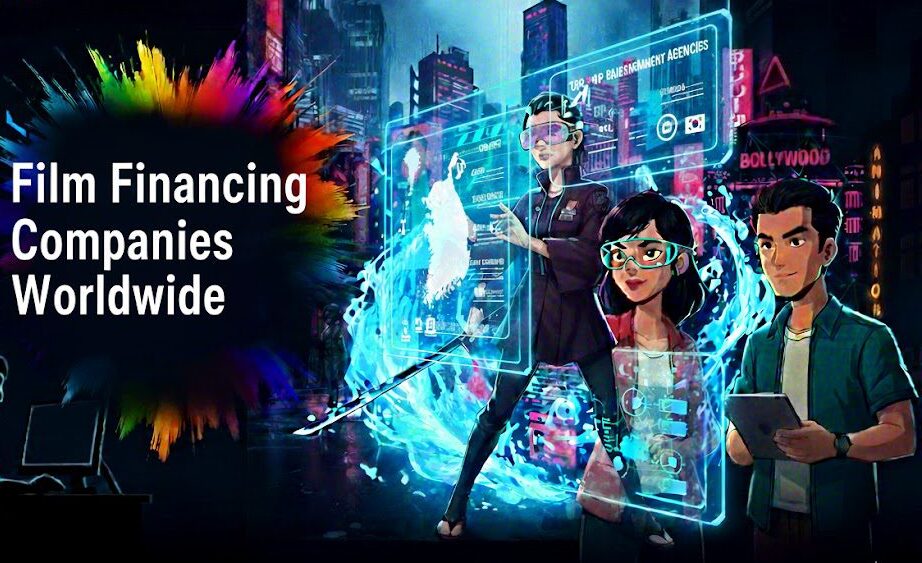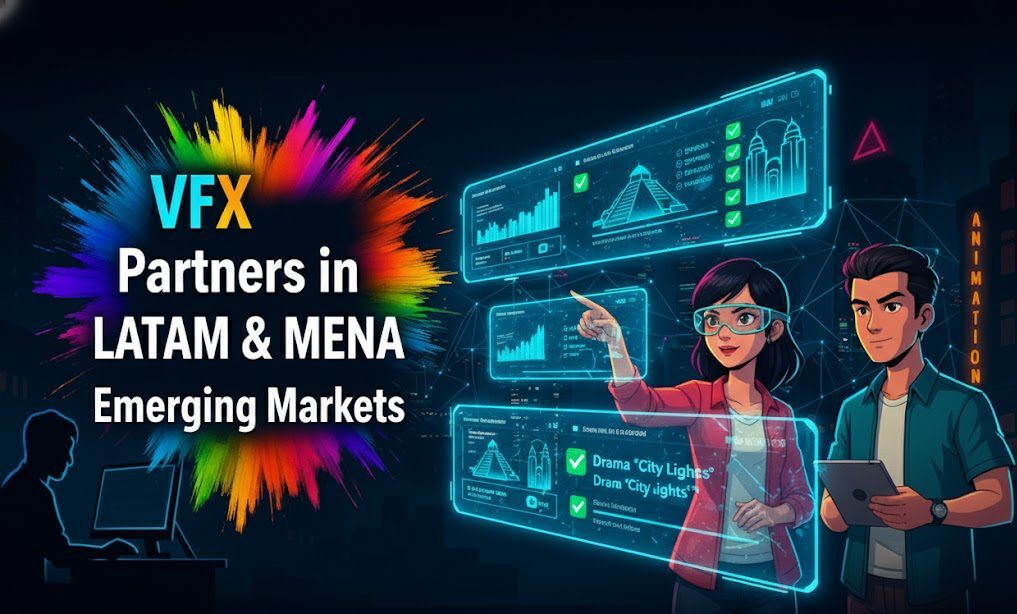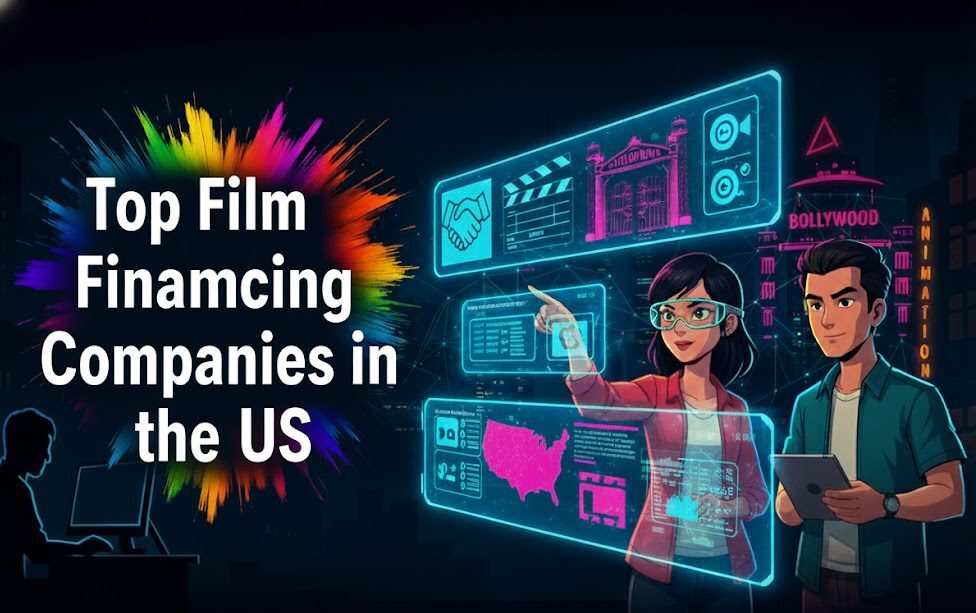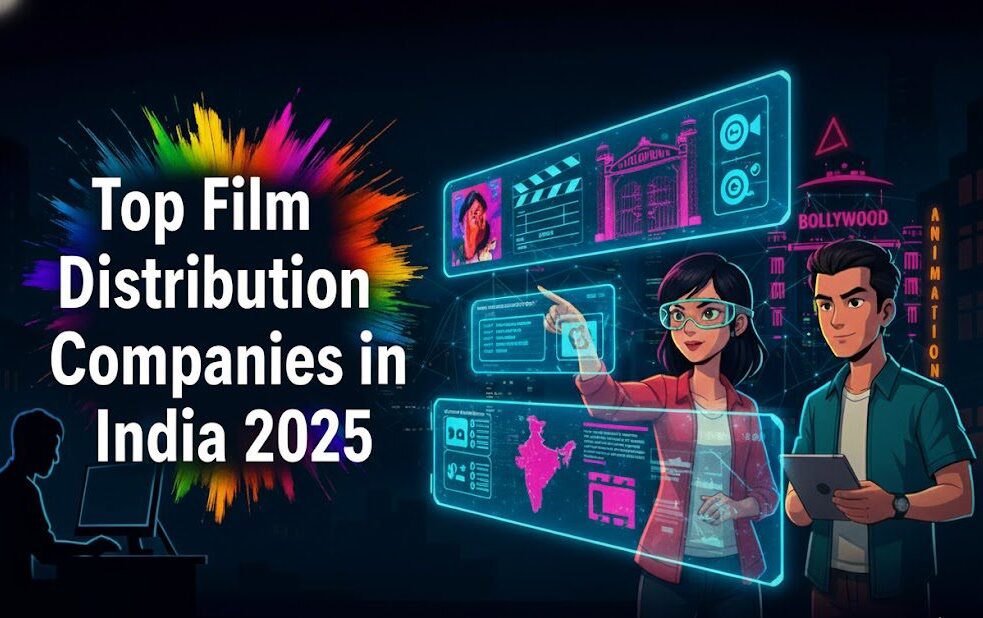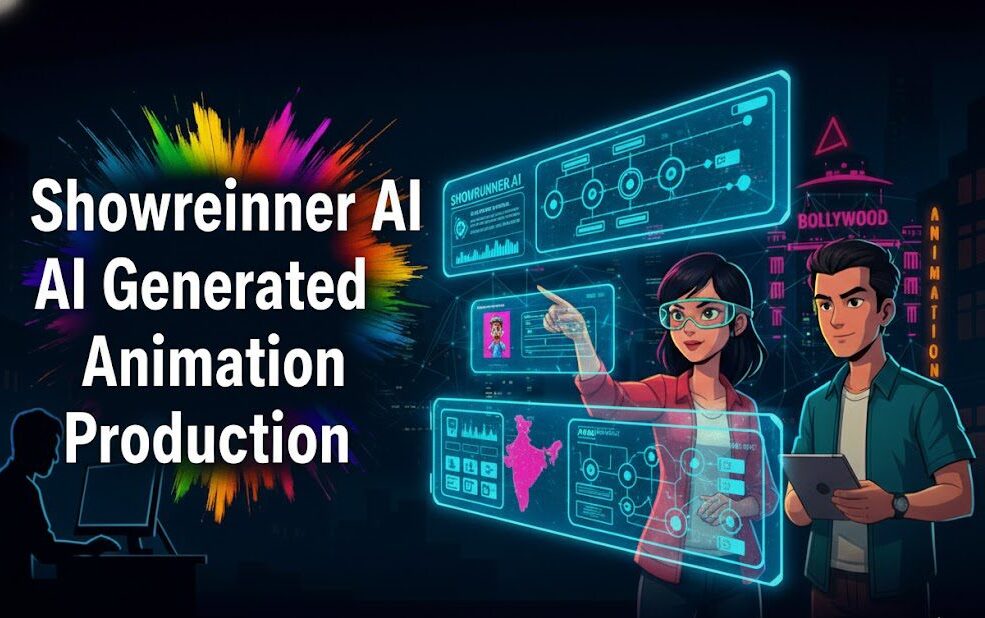Introduction
Financing in entertainment plays a pivotal role in bringing creative visions to life, from blockbuster movies to indie masterpieces. As the industry evolves, so do its funding models, offering filmmakers and production teams diverse pathways to secure the capital they need. In 2025, innovative tools, platforms like Vitrina.ai, and trends such as tokenization and crowdfunding are transforming the financing landscape.
This article explores traditional and emerging financing opportunities, the challenges faced by creators, and how solutions like Vitrina.ai streamline the process, connecting filmmakers with financiers and collaborators worldwide.
Table of content
- Introduction
- Traditional Financing Models in Entertainment
- Emerging and Innovative Financing Models
- Financing Through Platforms and Partnerships
- Challenges in Securing Entertainment Financing
- How Vitrina.ai Supports Entertainment Financing
- Case Studies and Success Stories
- Future Trends in Entertainment Financing
- Conclusion
- FAQs
Navigate Financing Like a Pro

1. Traditional Financing Models in Entertainment
Securing funding for creative projects has long relied on established mechanisms. These models remain a backbone for many productions.
Government Tax Credits
Governments worldwide offer tax incentives to attract film and TV productions. States like Georgia and New Mexico in the U.S. are notable for their robust tax credit programs, significantly reducing production costs for filmmakers. For instance, a production in Georgia can receive a tax credit of up to 30% of qualified expenses.
Pre-Sales Agreements
Pre-sales involve selling distribution rights before a project is completed. This model reduces financial risk for producers and provides assurance to investors. European indie filmmakers often use pre-sales to secure funding for their projects.
Completion Bonds
A completion bond guarantees financiers that the project will be finished on time and within budget. It is a critical tool for securing loans or pre-sales agreements, offering confidence to all parties involved.
2. Emerging and Innovative Financing Models
In the past decade, innovation has revolutionized how entertainment projects are financed.
Tokenization and Blockchain
Tokenization allows fractional ownership of a project, opening investment opportunities to a broader audience. Blockchain ensures transparency in transactions, attracting global investors who value accountability. This model is increasingly popular among indie filmmakers aiming to bypass traditional financing hurdles.
Private Equity and Venture Capital
Private equity firms are focusing on projects that prioritize intellectual property retention. Lumina, a venture-backed studio, exemplifies how the industry is shifting toward creative control.
International Grants
Regions like Europe and Asia offer grants to support cultural storytelling. These grants not only finance projects but also promote diversity in global entertainment.
3. Financing Through Platforms and Partnerships
Partnerships and platforms provide filmmakers with diverse avenues to fund and distribute their content.
Crowdfunding Platforms
Platforms like Kickstarter and IndieGoGo enable creators to engage directly with their audiences. A successful campaign not only funds the project but also builds a dedicated fanbase. For example, the indie film Veronica Mars raised over $5 million via Kickstarter.
Streaming Platform Licensing
Streaming giants like Netflix and Amazon Prime often fund projects through licensing agreements. These deals provide filmmakers with upfront capital while ensuring distribution to a global audience.
Co-Productions
Co-productions reduce financial burdens by sharing costs between multiple entities. A recent example is a partnership between African and European studios to create culturally relevant content.
Access International Funding Opportunities

4. Challenges in Securing Entertainment Financing
Despite numerous opportunities, obtaining financing remains challenging.
Investor Expectations
Financiers often prioritize projects with clear ROI potential. Creators must present detailed business plans, including audience demographics and revenue forecasts.
Complex Legalities
International projects face challenges like navigating tax laws and cross-border agreements. These complexities can delay financing or increase costs.
Accessing Debt Financing
Loans are frequently tied to tax credits or pre-sales, but high-interest rates and strict requirements can deter filmmakers.
5. How Vitrina.ai Supports Entertainment Financing
Vitrina.ai is a game-changer in simplifying and enhancing entertainment financing processes.
Global Networking
Vitrina connects filmmakers with financiers, co-production partners, and distributors across 100+ countries. Its global directory features over 80,000 companies, ensuring tailored matchmaking for creative projects.
Market Insights
With real-time analytics, Vitrina provides insights into financing trends, regional opportunities, and investor preferences. Filmmakers can leverage this data to craft compelling pitches and target the right partners.
Case Study:
An independent studio used Vitrina.ai to identify a European grant program, securing funding for a documentary that premiered at an international film festival.
6. Case Studies and Success Stories
Real-world examples highlight the impact of innovative financing.
Crowdfunding Success
A sci-fi indie project raised $2 million on Kickstarter, exceeding its goal by 400%. The campaign’s success demonstrated audience demand and increased investor confidence.
Co-Productions
An African drama series secured funding through a co-production deal with a European broadcaster, reducing costs and expanding distribution networks.
7. Future Trends in Entertainment Financing
As technology evolves, so do financing models.
AI-Powered Financing Tools
AI will play a pivotal role in analyzing project viability, offering data-driven predictions to investors and creators.
OTT-Driven Funding
Streaming platforms are likely to increase direct funding for niche and regional content as they compete for subscriber retention.
Emerging Markets
Africa, Asia, and Latin America are becoming hotspots for funding, offering untapped storytelling opportunities and cost-efficient production ecosystems.
Conclusion
Navigating the world of entertainment financing requires understanding traditional models and leveraging emerging trends. Platforms like Vitrina.ai empower filmmakers to connect with the right partners, streamline processes, and access actionable insights, ensuring creative visions become reality.
“Ready to simplify your financing journey? Join Vitrina.ai for free today and connect with global financiers and collaborators.”
Frequently Asked Questions
Tax credits, pre-sales agreements, crowdfunding, private equity, and more.
A blockchain-based model allowing fractional ownership of projects.
Vitrina.ai connects filmmakers with financiers and provides market insights.
AI analytics, tokenization, and regional market growth are key trends.
























